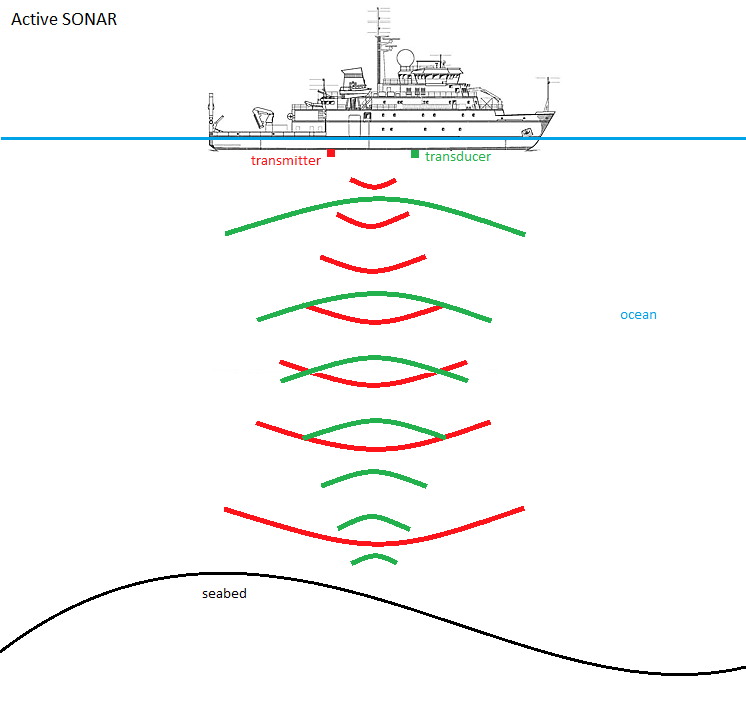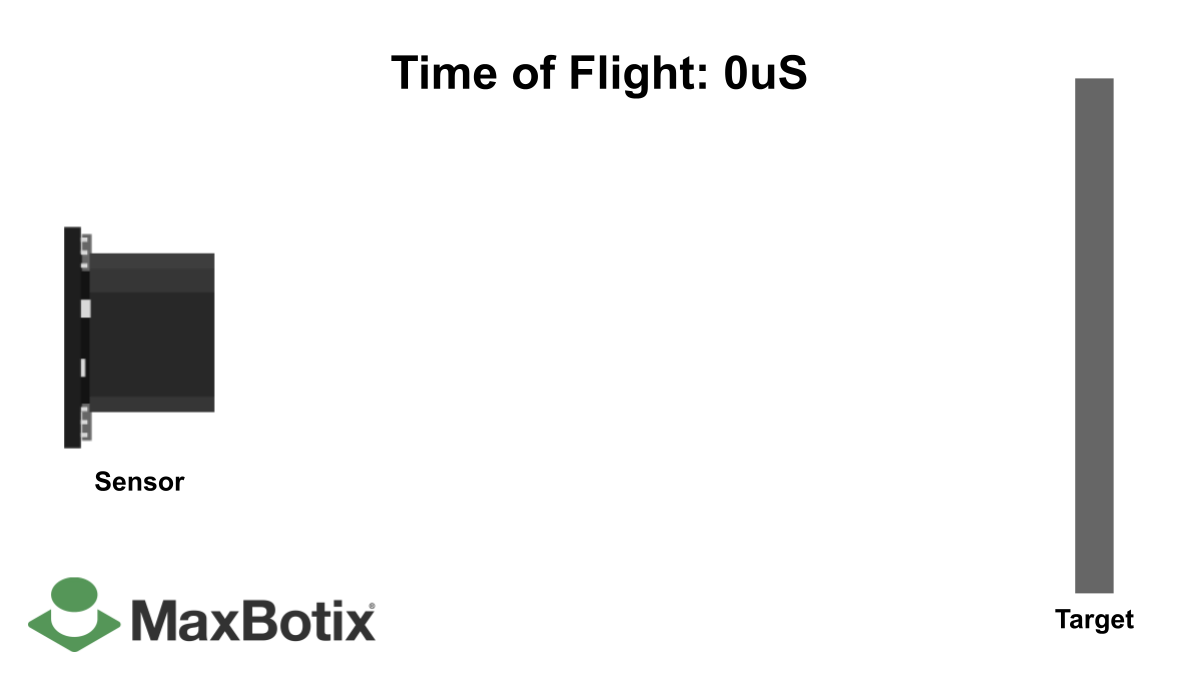Sonar, short for Sound Navigation And Ranging, is a technique that uses sound waves to detect and locate objects underwater. In robotics, sonar sensors are used to measure the distance between the robot and an object by emitting sound waves and measuring the time it takes for the sound waves to bounce back after hitting an object.
Sonar works by emitting sound waves from a transmitter and then detecting the reflected sound waves using a receiver. The time it takes for the sound waves to travel from the transmitter to the object and back to the receiver is used to calculate the distance between the sonar sensor and the object. This is done using the formula: Distance = (Time x Speed of Sound) / 2
In robotics, sonar sensors are commonly used for obstacle detection and avoidance, as well as for measuring distances. They can be found in a variety of robotic applications, including underwater robots, drones, and autonomous vehicles. Sonar sensors provide a cost-effective and reliable way for robots to navigate and interact with their environment.
Let's take a look at how to use a micro:bit with a sonar sensor to detect objects and measure distances. To do this, you need to connect a sonar sensor to the micro:bit and write code that sends a trigger pulse, listens for the echo, and calculates the distance based on the time it takes for the echo to return.
When you run the code (in the attached image), the micro:bit will display the distance measured by the sonar sensor in centimeters on its LED screen.



